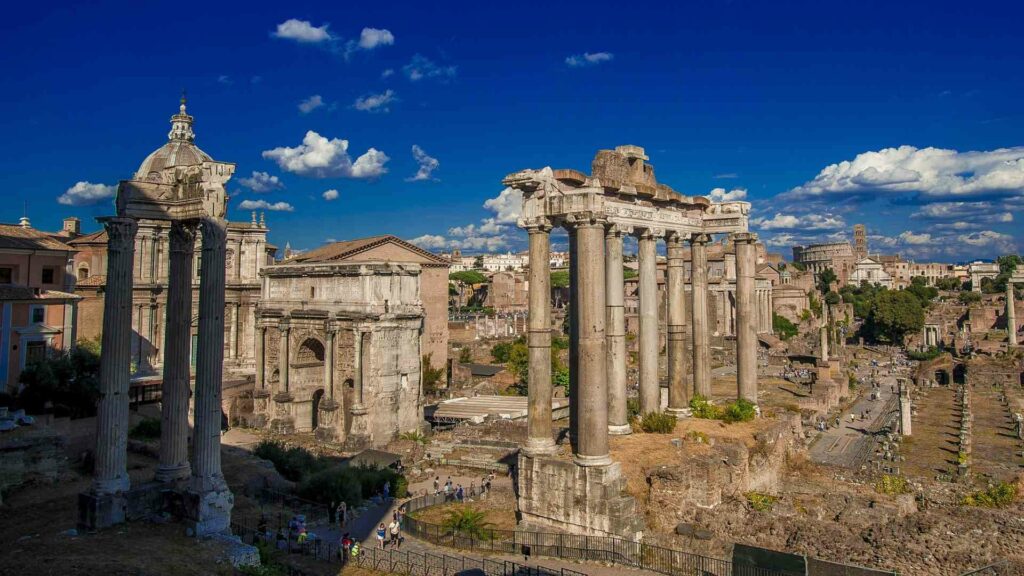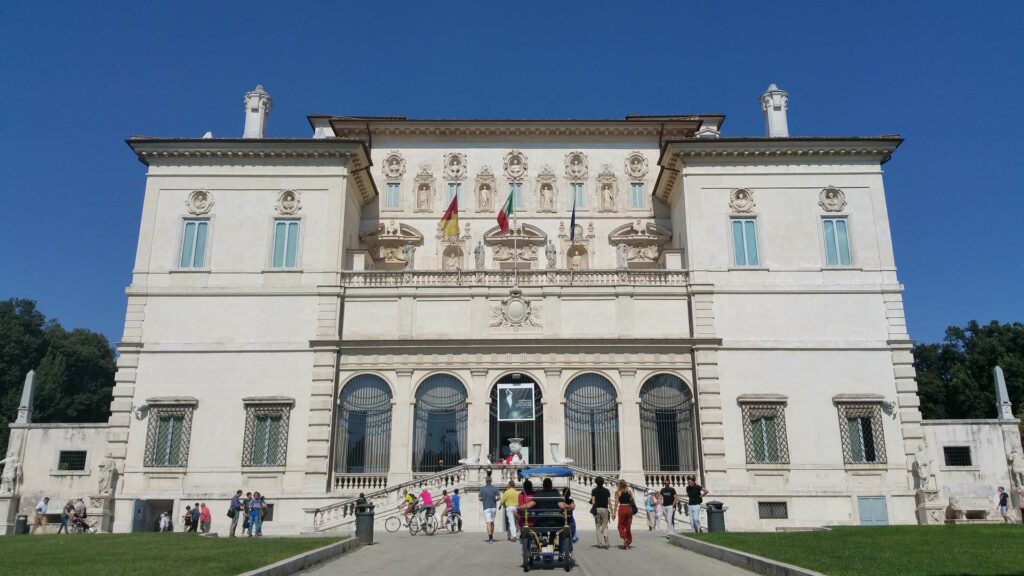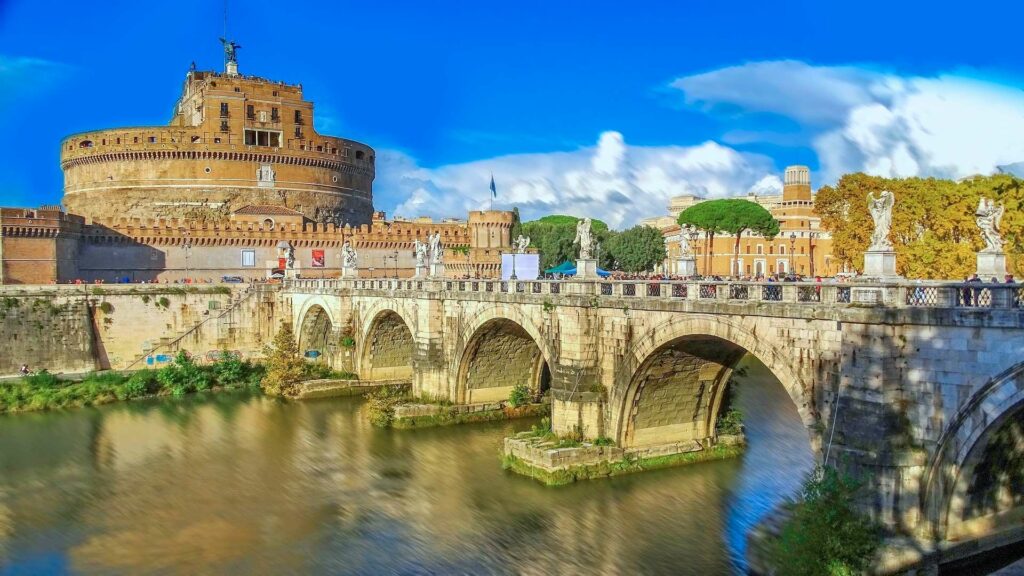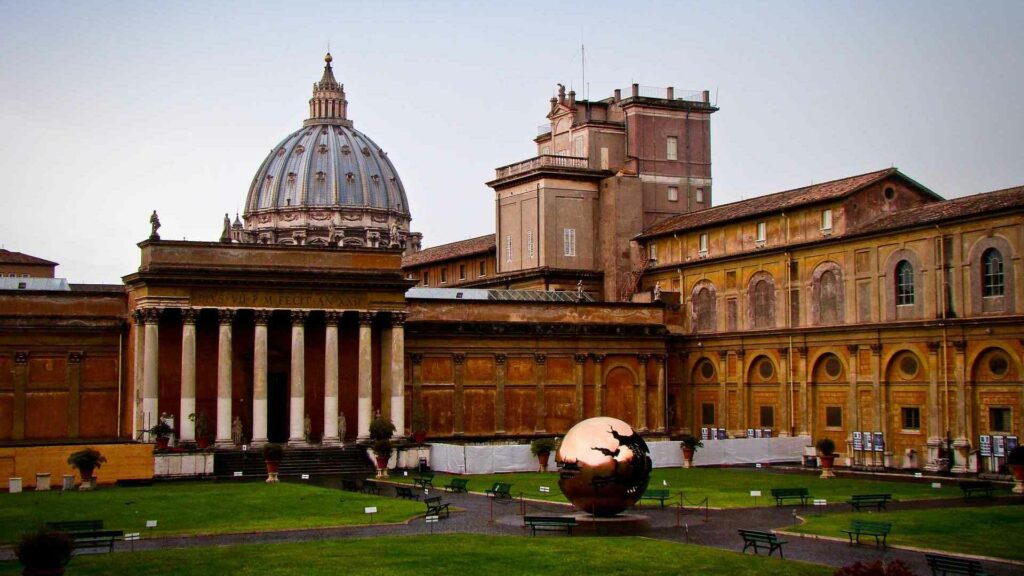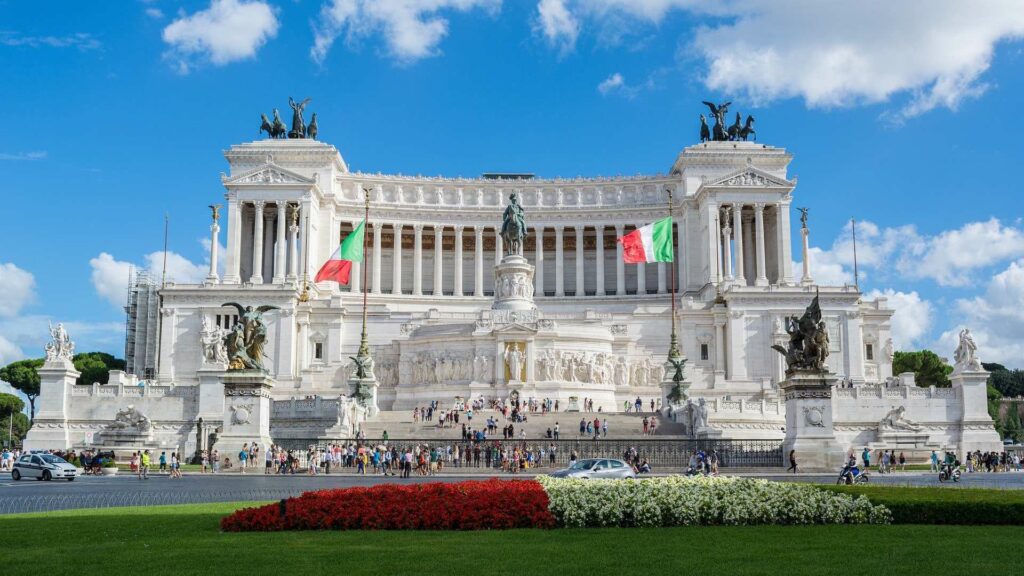Before talking about history, we’ll give you some useful information on how to enjoy this magical place. Through guided tours, for example, you can admire the structure in its majesty, visit its basement and the third ring going down into the bowels of the most famous and visited ancient monument in the world, to see the places where the famous gladiator games were being set, the “munera et venationes”. You’ll also have the chance to daydream about those moments, and in an imaginary path you can recreate a film in your head, with characters and all: emperors, generals, gladiators, ferocious animals and cheering crowds. In the end, how many films have we watched? And how much fun did we have when the greatest show of Imperial Rome started, that made this place its undisputed protagonist?
Let’s talk about an experience beyond space and time. Something visitors to Rome can’t miss.
Events in the areas of the monument
There are exhibitions here periodically. In many of them, the visitors have the possibility to learn about the history of the Colosseum, through pictures and objects, century after century up to now. Other events, however, are not about the canonical ancient Rome, so that we have a pleasant contrast between ancient and modern. In both cases, it is very evocative.
Ticket office
You can buy the tickets up to one hour before closing time. Alternatively, you can also buy them online, through specialized websites, having also the possibility to skip the very long lines that you could encounter at peak times.
The opening times of the Colosseum vary according to the season: during winter, it opens at 8:30am and closes around 4:30/5pm, while during summer, it closes at 6:30/7pm.
A bit of history
According to some, the Amphitheater Flavium was named Colosseum during the Middle Ages due to its massive proportions (the building used to be 57m tall). Others claim that it is for the presence of the nearby Nero bronze statue. The beginning of its construction, commissioned by Vespasian, dates back to 75 AD, but it was inaugurated by Titus five years later. Domitian was the one to commission the last ring of seats and the massive storage rooms under the arena.
The majestic building is divided into four architectural orders, three composed of arches and the fourth of small square windows. To shield the audience from the sun, a huge velarium supported by wooden beams rested on protuberances was installed.
The first steps of the numerous terraces were separated from the arena by a huge wall, built to avoid the audience being hurt by the wild animals during the venationes, hunting games with the aim of killing said animals.
Being one the most famous Roman monument in the world, the Colosseum was built to host the ludi gladiatorii. These initially took place in the Roman Forum or the Boarium Forum, where mobile structures were built. Later on, they were first held into the old amphitheater Titus Stanlium Taurus until its destruction happened during the famous fire of 64 AD, and then in the provisional wooden building commissioned by Nero in Campo Marzio.
Due to fires and earthquakes, the Colosseum was renovated many times. The last information about the event date back to 523 AD.


